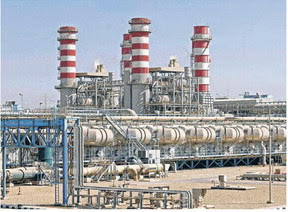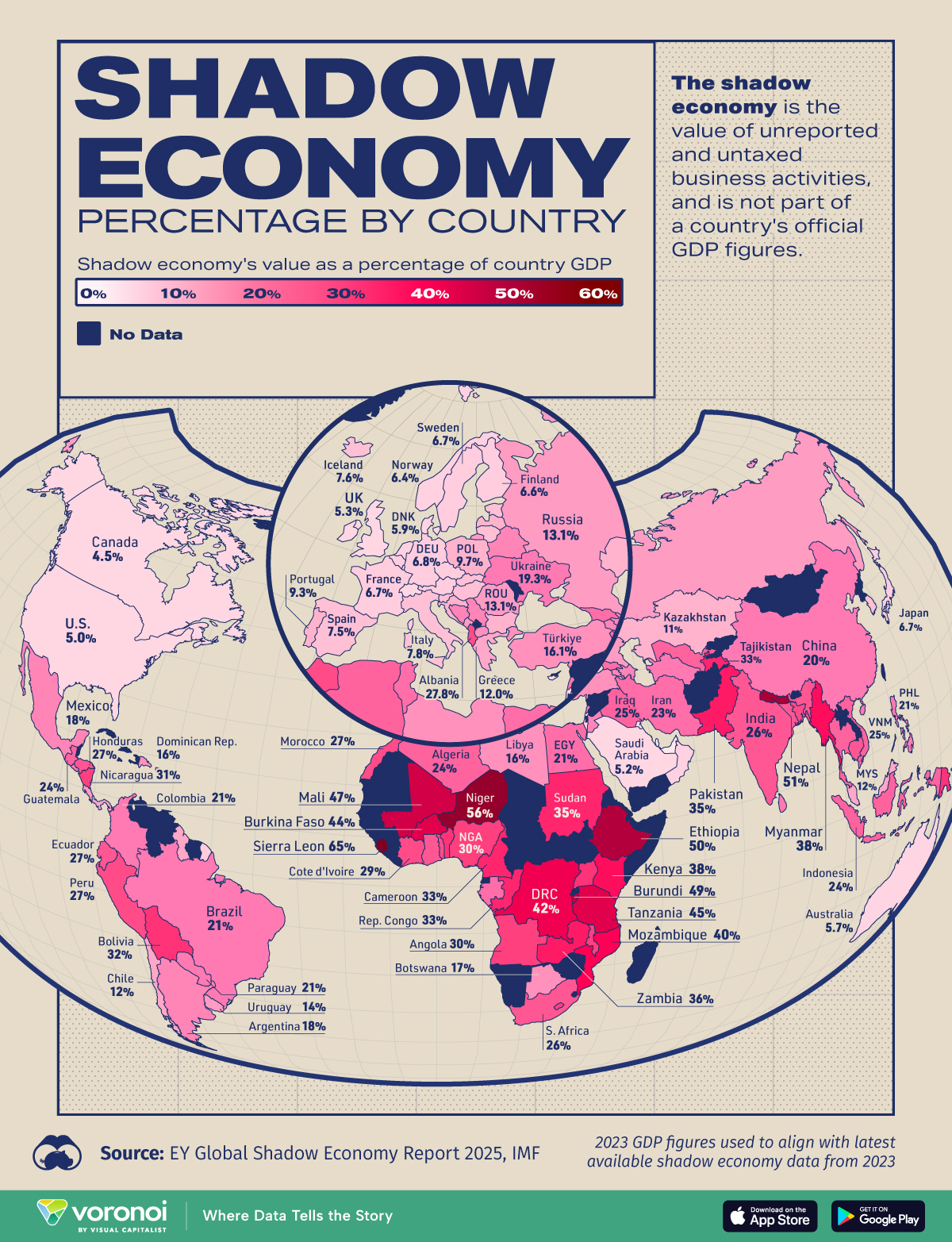Instead of pumping seawater onto land, why not take advantage of the ocean’s extreme natural pressure?

 The world’s largest desalination plant, in Ras al-Khair, Saudi Arabia, uses older desalination technology which requires large amounts of energy.
The world’s largest desalination plant, in Ras al-Khair, Saudi Arabia, uses older desalination technology which requires large amounts of energy.
With the world running out of clean water, deep-sea salination is on the cusp of offering a solution from the Caribbean to the Emirates
Half of all people on earth experience severe water scarcity at least one month out of the year, according to the UN. A radical new kind of desalination technology is finally on the cusp of helping to slake the world’s thirst. The pitch: Put desalination plants on the ocean floor.
First proposed in the early 1960s, this deep-sea process would benefit from both the crushing water pressure and relatively pure seawater more than 1,000 feet down. It has been unworkable until now. Only the recent commercialization of enabling innovations— including deep-sea robots from the oil-and-gas industry, and advanced reverse-osmosis filters now standard in terrestrial desalination— make it viable.
Water scarcity is projected to become much more acute in the coming decades, owing to more extreme weather patterns, the decimation of the world’s aquifers, saltwater incursion, and growing urban populations. This threatens humanity at a fundamental level— not just because we need water to drink, but because without it there’s no food or manufacturing, and precious little electricity.
Last resort
For decades, desalination has been the only reason that many places, from the Caribbean to the Emirates, have been habitable. But it’s always been a solution of last resort, for one big reason.
“Desalination is the most expensive way to make water, and there’s no getting around it,” says Tom Pankratz, who has been in the industry for 45 years, and has consulted on many of the world’s biggest desalination projects.
Up on land, engineers would literally boil the ocean, creating steam that would become drinking water and, on its way, drive some power-generating turbines to pay back a bit of its cost. It was so energy intensive that in the 1960s, some proposed using nuclear power to do it. The world’s largest desalination plant, in Ras al-Khair, Saudi Arabia, produces much of its water through evaporation.
Around the year 2000, reverseosmosis changed everything, says Pankratz. In this process, water is forced across a plastic membrane with holes so tiny only water molecules fit through, leaving behind salt and other impurities. This process requires about half the energy, making it a credible option for Trinidad, which in 2002 got a plant that now produces 40 million gallons of water a day, and Israel, which got one in 2005 that now produces 85 million gallons of water daily. Many more plants followed, and this is now the standard way to desalinate water.
That said, it is still expensive compared with traditional water sources like reservoirs and aquifers— between about $2 and $6 per 1,000 gallons, says Pankratz. A lot of that cost depends on the price of electricity, says Eric Hoek, a professor of engineering at University of California, Los Angeles, who advises OceanWell, a desalination tech company.
There are other costs to keeping desalination plants at the ocean’s edge. Intakes can suck up marine life; outflow pipes can dump a concentrated brine hazardous to that same marine life back into the sea. These issues led California to reject in 2022 a decades- in-the-works desalination plant for water-starved Hunting–ton Beach.
Down where it’s wetter
Oslo-based Flocean, Nether–lands- based Waterise and Bay Area-based OceanWell are among the companies that seized on this idea—then submerged it to a depth of at least 400 meters.
The principle is easy to grasp: Instead of expending huge amounts of energy to pump seawater onto land, and then pressurize it inside a plant, why not take advantage of the ocean’s extreme natural pressure? At depth, seawater naturally wants to cross a desalination membrane, so long as the fresh water on the other side of it is being pumped to the surface. The result is a net energy savings of up to 40%.
There are other big advantages: These facilities can be far from shore and out of sight, so there’s no competition for beachfront property. Once in place, the systems can be scaled up without having to negotiate over real estate.
Because the process happens down so deep, the saltier brine byproduct is quickly dispersed by the ocean without harming aquatic plants or animals. And at that depth, the ocean is cleaner— free of the microorganisms, fish poop and other debris that can quickly foul a reverse-osmosis membrane.
There’s no fundamental scientific breakthrough enabling these systems, say the CEOs of all three companies, just the wider availability, lower prices and increasing functionality of deep-sea robots, undersea power cables and other technologies.
Actual customers
Despite the technology’s promise, these three companies have so far only built modest facilities to prove their value to potential customers. The deals they’re all seeking are multidecade contracts with governments. While they don’t come easily, they are the kind of customers that are necessary to turn these tech demos into actual businesses.
Both Flocean and Waterise put their pilot plants on the seabed just offshore of Norway, not far from all the North Sea drilling that produces energy for the region. Flocean is already producing ultrapure water for a local company that makes high-end cocktail ice.
OceanWell has its demo facility at a reservoir in California’s Las Virgenes Municipal Water District, not far inland from Malibu.
Flocean’s first customer will be a large offshore industrial facility
in Norway called Mongstad, which is expected to initially produce about 264,000 gallons of water a day from a single, 40-ton unit. Expected to come online in the second half of 2026, it will be the world’s first large-scale deep-sea desalination plant, says Alex Fuglesang, CEO of the company.
Waterise has announced a deal with an industrial customer, Jordan Phosphates Mines Co., to provide 6.6 million gallons of water a day desalinated deep in the Gulf of Aqaba. The company plans to begin construction later this year on its first plant capable of producing between 7.9 million and 13 million gallons a day.
That’s the goal, at least. Until some of these are actually operating at the bottom of the ocean, for years if not decades, it will be hard to know if they can make good on their promises, says UCLA’s Hoek. It’s unclear how much maintenance they’ll require, and how fluctuations in salinity and temperature might affect their performance.
History is full of ideas that worked in principle, from nuclearpowered cargo ships to solar-thermal power generators in the deep desert. Pankratz, the saltiest of industry veterans, thinks at least one of these companies will be able to set up shop in the down deep. “How close that is, and how many of these things there eventually are, is another question,” he says.
An OceanWell desalination pod. The company has a demo facility not far inland from Malibu, Calif.









 , he describes himself as an agnostic.
, he describes himself as an agnostic.










